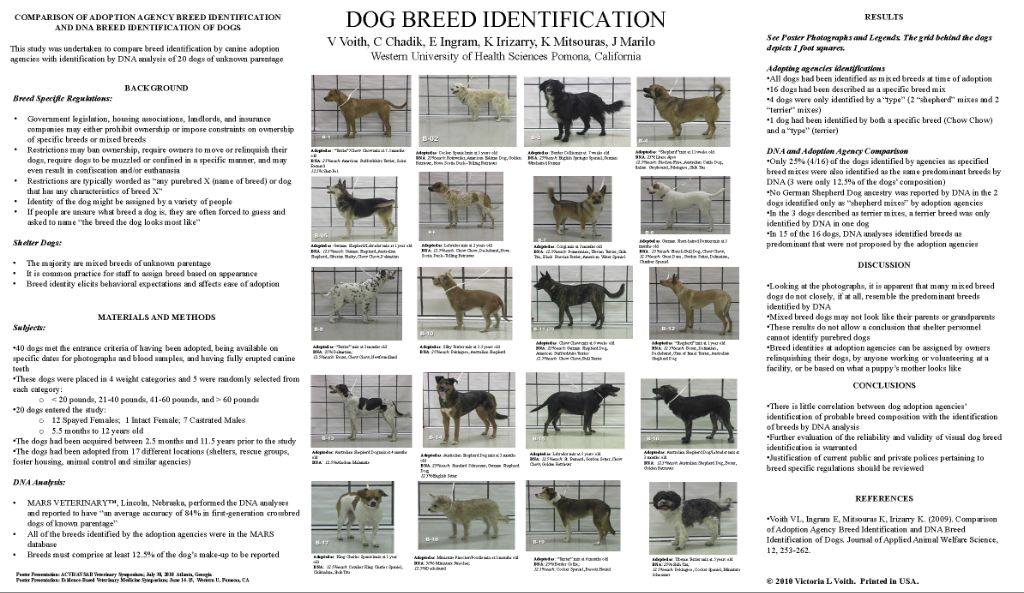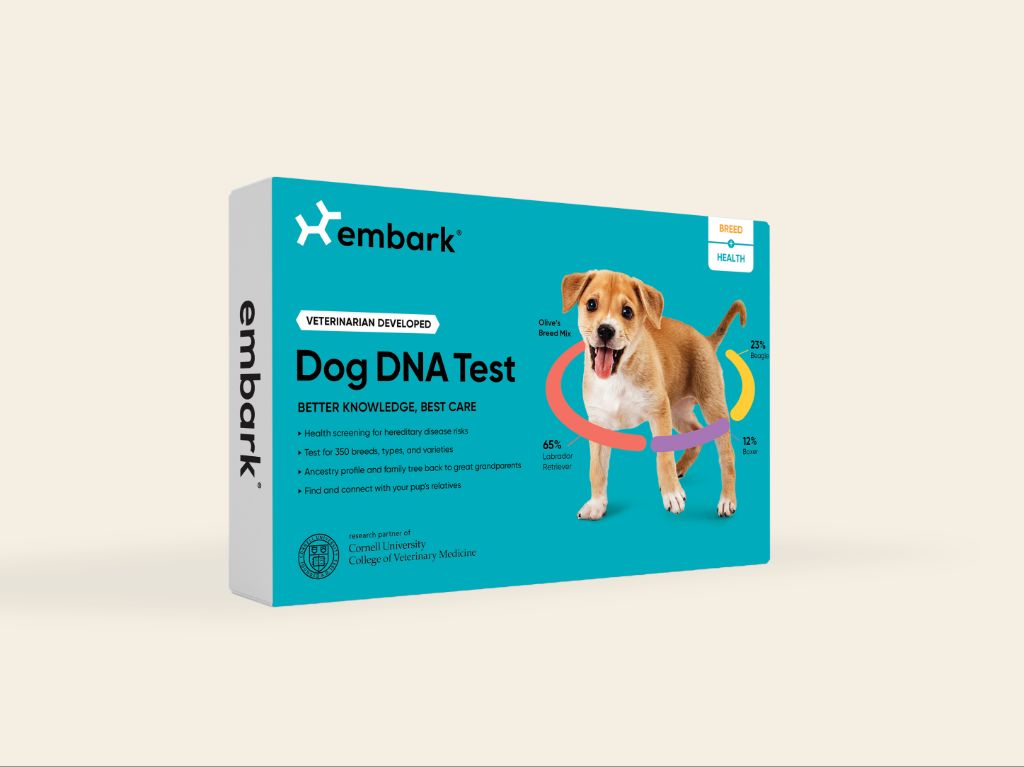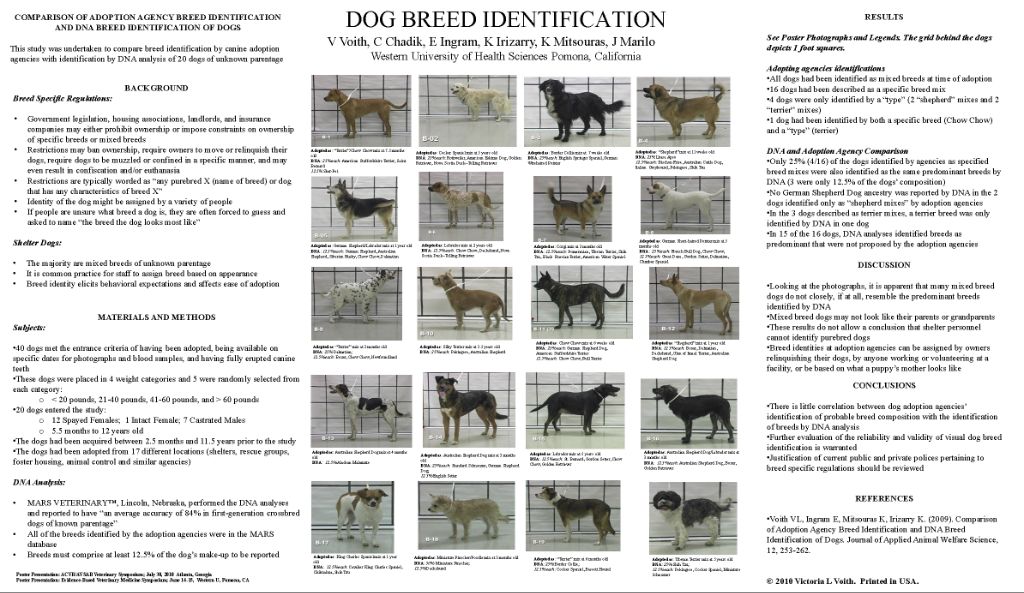Introduction
Knowing your dog’s breed makeup is incredibly useful for a variety of reasons. Understanding the dominant breeds in your dog can provide insight into your dog’s personality, energy level, potential health issues, exercise requirements, and more. This allows you to provide your dog with the best care and training tailored to their needs.
For example, herding breeds like Border Collies have very high energy and require substantial daily exercise and mental stimulation. Sighthounds need opportunities to run full speed in open spaces. Northern breeds like Siberian Huskies thrive in cold weather. Knowing your dog’s breeds equips you to meet their needs for a happy, healthy life.
Breed information also gives you an idea of what behaviors to expect from your dog. Hounds are prone to following scents, terriers like to dig, and guarding breeds may be protective of family members. This helps you work positively with your dog’s natural instincts.
There are also many breed-specific health conditions to be aware of. For instance, Labrador Retrievers are prone to obesity, Shar-Peis are predisposed to skin infections, and German Shepherds tend towards joint problems. Identifying your dog’s breed background allows you to proactively monitor and address any potential health issues.
Overall, determining your dog’s breed makeup gives you the knowledge to provide the best possible care. It allows you to set your dog up for success by understanding their personality, needs, and health tendencies.
Visual Identification
One of the easiest and most common ways to guess your dog’s breed is by looking at their physical characteristics and comparing them to breed standards. Certain physical traits like coat color, body shape and size, ear shape, tail shape, etc. can provide clues as to what breeds your dog may be mixed with.
For example, if your dog has a solid black coat and tall, pointed ears, they may have some German Shepherd in them. A short, stocky dog with folded ears could have some Bulldog ancestry. Long, fluffy coats and curled tails often indicate Chow Chow or Husky lineage.
It’s important to remember that visual identification has limitations. Many mixed breed dogs may only exhibit a few breed traits while their other genetic heritage remains unclear. Visual inspection alone cannot definitively determine a dog’s exact breed makeup. But it can provide helpful clues when used in conjunction with other breed identification methods.
The National Canine Research Council has a helpful visual breed identification guide that shows pictures of dogs exhibiting typical breed characteristics. This can be a useful reference when trying to visually match your dog’s looks to potential breeds in their background.

Wisdom Panel Test
One of the most popular at-home dog DNA tests is the Wisdom Panel test. This test involves using a cheek swab to collect a DNA sample from your dog. The sample is then sent to Wisdom Panel’s lab for analysis. According to Wisdom Panel’s website, their tests claim to be over 99% accurate for the top three breeds detected.
The Wisdom Panel test screens for over 350 breeds, types, and varieties. After 2-3 weeks, you will receive a detailed report breaking down your dog’s ancestry across several generations. The report provides a family tree analysis along with information about your dog’s unique physical traits, health conditions, and more. It can even detect some breed mixes as far back as great-grandparents.
One downside is that Wisdom Panel tests tend to be more expensive than some competitors, with costs ranging from $79.99 – $189.99 depending on the specific test. However, fans of Wisdom Panel praise its accuracy and level of breed detail provided. Overall, it remains one of the most trusted and scientifically-validated dog DNA tests available for at-home consumer use.
Embark Test
Embark is a dog DNA test that uses a saliva sample to identify breed ancestry and familial relationships. According to Embark’s website, their breed identification test looks at over 350 breeds and tests for over 200 genetic health conditions. The test uses over 200,000 genetic markers to provide what Embark claims is the most accurate and comprehensive dog DNA test on the market.

To take the test, owners collect a saliva sample from their dog’s cheek using a swab provided in the kit and mail it to Embark’s lab. Results are delivered digitally 2-4 weeks after the lab receives the sample. Owners can access breed ancestry results showing their dog’s breed breakdown across 5 generations. The results also show any close relatives detected through Embark’s dog DNA database.
In addition to breed ancestry, Embark tests for genetic health risks like cancer, heart disease, drug sensitivities, and over 175 genetic conditions. Owners receive clear guidance on any risks found so they can work with their vet on prevention and treatment.
Reviews of Embark praise the accuracy of the breed ancestry results and depth of the health screening compared to competitors. According to customer feedback, people find great value in the health insights to care for their dog proactively. Overall, Embark provides very detailed DNA results and ongoing updates as their database grows.
Using a Vet
Taking your dog to the vet can be a good option for helping identify your dog’s breed. While vets do not always specialize in breed identification, their medical expertise allows them to analyze your dog’s physical traits and characteristics to make an educated guess about possible breeds.
According to research from the University of Florida, over 70% of veterinarians were able to accurately identify the predominant breed in a dog. They are trained to examine physical traits like a dog’s skull shape, leg length, tail type, ear shape, coat characteristics, and more that can point to certain breeds.
However, one limitation is that vets may rely more on visual identification than DNA tests, which are more accurate. Visual identification alone even by professionals can be difficult, especially for mixed breed dogs as noted in a study published by Faunalytics. Still, a vet can provide helpful breed insight based on medical expertise. Discuss your dog’s traits with your vet and see if they have suggestions on possible predominant breeds based on physical characteristics.
While they may not definitively identify all breeds in a mixed dog, vets can often recognize primary breeds based on medical knowledge of breed traits. Their analysis alongside other breed identification methods can give a good indication of your dog’s genetic makeup. Consider scheduling a checkup to get your vet’s perspective.
Online Quizzes
While online quizzes can be fun to take, they tend to not be very scientifically accurate at determining breed. As discussed on Reddit, most online dog breed selector quizzes use visual identification and questions about personality or lifestyle to guess at breeds. However, these are not reliable methods for determining a mixed breed dog’s genetic makeup.
Quizzes from sites like Purina and Buzzfeed are designed more for entertainment than accuracy. Their algorithms attempt to match your answers to certain breed traits and characteristics, but without genetic testing they are merely making an educated guess.
While the quizzes can be fun to take, it’s important not to rely on them for actual information about your dog’s breed background. The results could be entertaining but are unlikely to be scientifically valid. For owners really wanting to learn their dog’s genetic makeup, DNA tests are a much more accurate option.
Rescue Group Insight
If you adopted your dog from a rescue group or shelter, they likely have some insight into your dog’s breed makeup. Shelters and rescues often visually identify the predominant breeds in a mixed breed dog based on physical traits and characteristics. According to the study “What Breed is That Dog” by the University of Florida’s College of Veterinary Medicine, shelter staff that regularly work with dogs are fairly successful at visually identifying the primary breeds in mixed breed dogs 1.

The people who cared for your dog prior to adoption probably noted the physical traits that they felt indicated certain breeds. Things like size, coat type, coloration and markings, head shape, ear type, tail shape are all clues. While visual identification isn’t as accurate as DNA testing, the rescue likely has good insight into the likely breed mix based on your dog’s looks and temperament.
Connecting with the rescue group or shelter where you adopted your dog is a good idea if you want help identifying possible breeds. The staff and volunteers spent time with your dog and may have made notes or had discussions about breed guesses. They can provide that insight to help you better understand your dog’s breed makeup until you’re able to do DNA testing.
DNA My Dog Test
One easy and affordable at-home dog DNA breed identification test is DNA My Dog. This test uses a simple cheek swab to collect your dog’s DNA sample. You then mail the swab back to the company in a prepaid envelope. In about 2 weeks, DNA My Dog will analyze your dog’s DNA and send you a report identifying the primary breeds in your mixed breed dog.
The test identifies the percentage of over 100 different dog breeds that make up your dog’s genetic profile. It also screens for over 150 genetic health conditions. The basic DNA My Dog breed test costs around $60.
Conclusion
Deciding on how to identify your dog’s breed gives you several viable options. Visual identification based on physical traits offers a free starting point, but DNA tests provide the most definitive results. While wisdom panel and embark are the top DNA tests, working with your vet or rescue group can also help point you in the right direction. Online quizzes offer a fun guess, but have limited accuracy.
The best approach is to start by making your own visual assessment, then using wisdom panel or embark for confirmation. If needed, get added perspective from your vet or rescue group for their expertise. With the right combination of these options, you can zero in on your dog’s genetic makeup and breed backgrounds. Just be sure to choose reliable sources, as some quick online tools may lack scientific validity.
Further Resources
These links provide additional useful information on dog breed identification and testing:
- How to Identify a Dog’s Breed – AKC
- Can You Identify This Dog’s Breed? – ASPCA
- Wisdom Panel Dog DNA Tests
- Embark Dog DNA Test Kits
- 7 Ways to Identify Mixed Breed Dogs – AKC
Check with your veterinarian for more information on how to identify your dog’s breed and ancestry.
